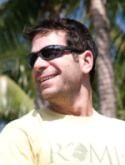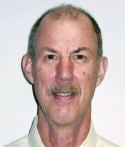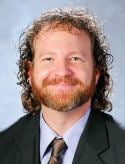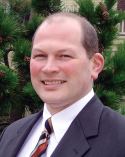



Support authors and subscribe to content
This is premium stuff. Subscribe to read the entire article.
Login if you have purchased
Aether Biomedical, a designer and manufacturer of myoelectric multiarticulating hands, announced its partnership with NuTech Synergies, a new technology accelerator...
Read more
© 2024 The O&P EDGE